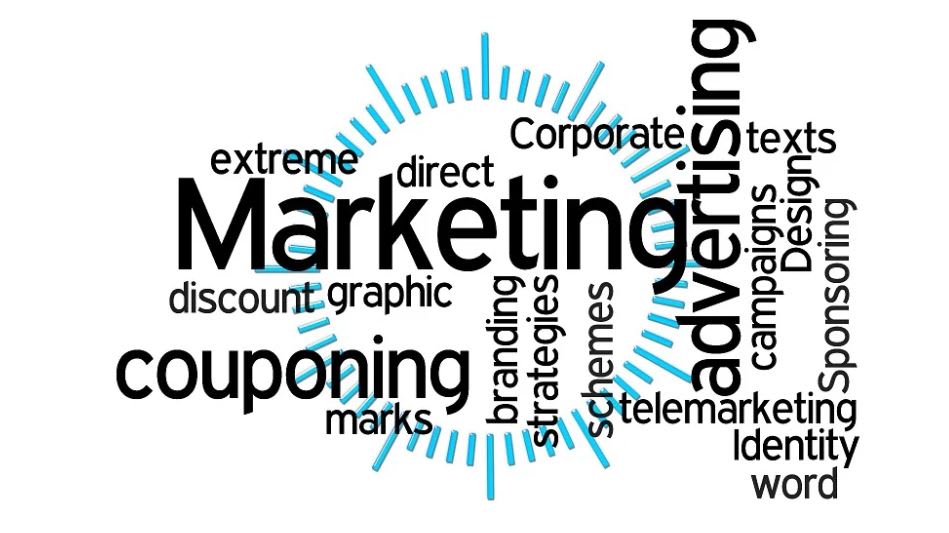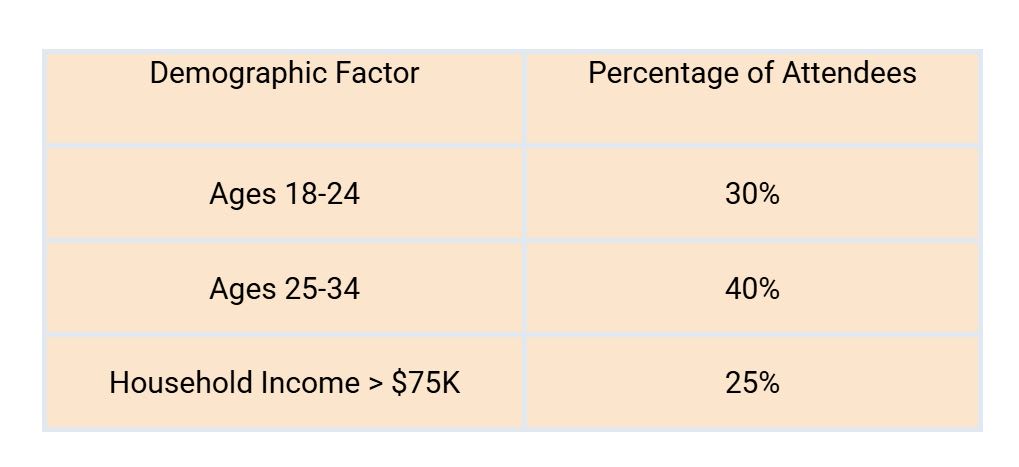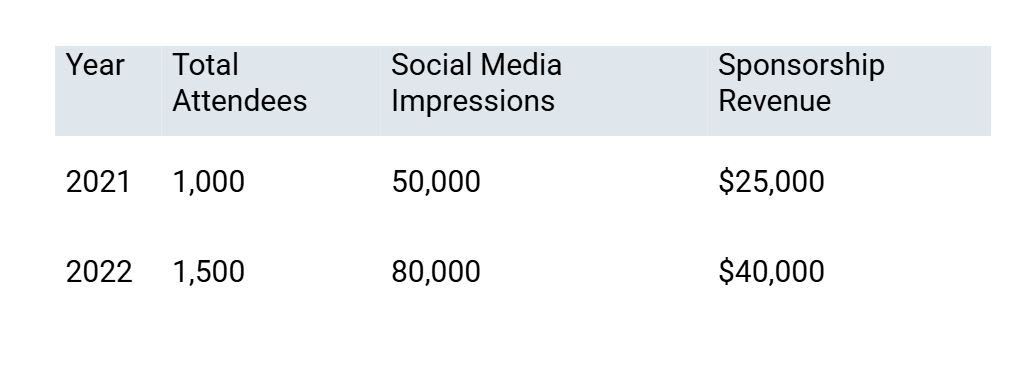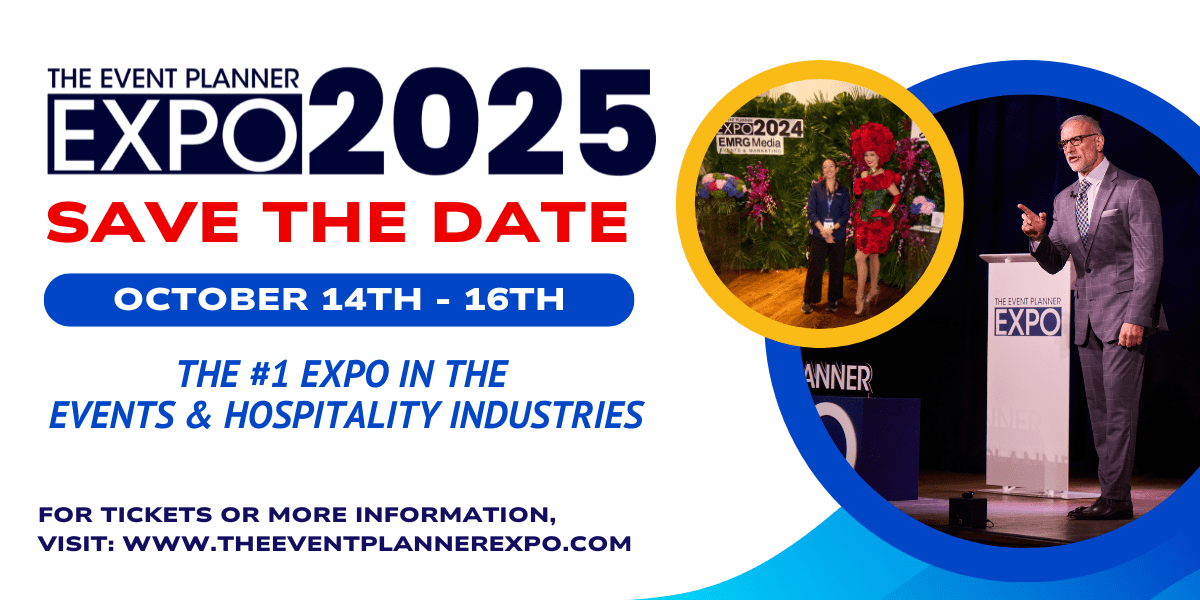10 Effective Ways to Land Big-Name Event Sponsors for Your Next Event

Stop fighting the uphill battle of securing big-name sponsors for your events. What you need are the right strategies to attract, hold, and command the attention of major brands. Make them eager to work with you. When you align your event with industry-leading names, you boost your credibility and authority in the event planning industry.
1. Understand Why You Need Event Sponsors
When you understand why you need event sponsors, it helps you target the right brands and craft compelling sponsorship pitches. The most successful event sponsorships are mutually beneficial and more like a partnership. Event sponsors should blend with the event and enhance it. Attendees should expect and intuitively understand why that brand is there. In contrast, ineffective event sponsorship is jarring or confusing to attendees. They leave people feeling confused or questioning why the brand is there.
Importance of Securing Sponsors
Associating your events with well-known and reputable brands gives your events legitimacy and increases your target market reach. Working with sponsors gives you credibility while also providing financial support. With an increased budget, you can elevate your event’s venue, decor, entertainment, and marketing.
2. Research Potential Sponsors
Research potential event sponsors to identify the most suitable big-name brands to align with your events. The brand’s reputation, mission, values, and target audience should align with the event. Start by researching industry-related publications and events to determine the most prominent brands. Research each brand to determine its marketing strategy and positioning. Focus on brands that align with the event and have previous sponsorship activity with events similar to yours. Contact each brand’s marketing team directly to engage with them and determine an interest level in potential event sponsorship.
Analyze Brand Compatibility
Analyze brand compatibility to ensure a successful partnership. This analysis involves evaluating how well a brand fits with your event's mission and audience demographics.
- Assess the target audience of both your event and the potential sponsor.
- Evaluate the brand's core values and messaging for alignment with your event's purpose.
- Review previous sponsorships to determine the effectiveness and image each brand maintains.
Compatibility enhances the likelihood of long-term partnerships and can lead to creative collaborations that benefit both parties.
3. Craft a Compelling Sponsorship Proposal
A well-crafted sponsorship proposal effectively communicates the value of your NYC event to potential sponsors. Focus on the core elements that highlight benefits, engage sponsors, and demonstrate alignment with their branding strategies.
Key Elements to Include
- Executive Summary: Start strong by clearly stating your purpose, goals, and relevance.
- Target Audience: Align with a potential brand sponsor by sharing target audience demographics.
- Sponsorship Opportunities: Outline sponsorship tiers with benefits, visibility, and costs.
- Marketing Strategy: Explain your marketing strategy and how the sponsor will be included.
- Success Metrics: Prove your value with past event performance and value given to sponsors.
- Call to Action: Motivate action with a strong call to action, stating what you want the potential sponsor to do.
Customize Your Approach
Start with a generalized template to streamline your sponsorship proposal creation. However, do not send the same proposal to every potential event sponsor. Instead, research each brand and tailor each proposal to your research. Personalization increases engagement and response rates, so set your proposal up for success by speaking directly to your audience. Use tone of voice, vocabulary, and visuals that align with the brand’s identity. Show the brand you understand their marketing strategy and positioning. Highlight how your event and the brand align for mutual benefit.
4. Build and Leverage Relationships
Building strong relationships is essential for landing big-name event sponsors. These connections enhance credibility and open doors to valuable sponsorship opportunities.
Networking Strategies
- Attend Industry Events: Participate in conferences, trade shows, and networking meetups. Engage in conversations, exchange business cards, and foster connections with potential sponsors.
- Use Social Media: Use platforms like LinkedIn and Twitter to connect with brand representatives. Share insights about your event and interact with relevant posts to increase visibility.
- Join Professional Orgs: Become a member of industry associations related to event planning. These provide networking opportunities and resources for connecting with sponsors.
- Host Informal Gatherings: Organize casual meet-and-greets or workshops to showcase your event and invite potential sponsors. Create a relaxed environment to foster genuine connections.
- Leverage Existing Contacts: Connect with individuals in your network who may have sponsorship relationships. Personal intros can significantly increase your chances of engaging key decision-makers.
Maintain Professional Connections
- Follow Up Regularly: Send personalized follow-up emails or messages after initial meetings. Thank them for their time, and share updates or relevant information about your event.
- Provide Value: Share useful resources, articles, or insights that align with their interests. This demonstrates your commitment to the relationship and reinforces mutual respect.
- Engage on Social: Like, comment, and share potential sponsors' content. Active engagement keeps you on their radar and establishes a consistent presence.
- Invite to Events: Include sponsors in other events for visibility. These invitations can strengthen relationships and provide opportunities for deeper engagements.
- Celebrate Milestones: Acknowledge significant achievements or events in their company. A simple congratulatory message can deepen your rapport and enhance your professional relationship.
5. Showcase Your Event's Value
You can effectively showcase your event's value by emphasizing key statistics and successes. Major sponsors seek tangible benefits, which means you must present compelling evidence that demonstrates your event's potential to boost their brand visibility.

Highlight Audience Demographics
Highlight specific audience demographics to illustrate the potential reach and impact of your event. Include metrics such as age, gender distribution, income levels, and geographic locations. Present data on past attendance figures, showing growth trends over the years. For instance, By elaborating on the composition of your audience, you help sponsors visualize their target market at your event.
Demonstrate Previous Success
Demonstrate previous successes by showcasing key performance indicators (KPIs) from past events. Include metrics like attendee satisfaction rates, social media engagement, and sales figures generated through event sponsorship collaborations. For example, if your last event garnered a significant increase in social media impressions, quantify that growth:

6. Use Social Media and Online Presence
Using social media is crucial for attracting big-name event sponsors. An effective digital presence boosts visibility and credibility, making it easier to engage potential sponsors.
Promote Your Event Digitally
Use social media to build buzz and keep your event top of mind. Share updates on Instagram, Facebook, and Twitter, and don’t forget to create event pages and use hashtags to boost visibility. Strong visuals matter, so design graphics and videos that not only look great but also capture the vibe and purpose of your event. Email marketing is another smart move—build a list of interested attendees and industry contacts, then keep them in the loop with updates, promos, and sponsorship info. Want to reach even more people? Run targeted social ads to connect with the right audience. And make sure you have a dedicated event website. Extra points if it's easy to navigate, full of the key details, and optimized so people can actually find it online.
7. Offer Creative Sponsorship Packages
Creativity in sponsorship packages increases the likelihood of attracting big-name sponsors. You can offer a variety of event budget options that cater to different marketing goals.
Different Levels of Event Sponsorship
Offer tiered sponsorship levels (think precious metals) to accommodate various financial commitments from brands. Each level should provide distinct benefits and visibility:
- Platinum Sponsorship: Includes prime branding opportunities, exclusive media features, and dedicated promotional campaigns.
- Gold Sponsorship: Offers significant brand presence, such as logo placements, on-site activation space, and social media shout-outs.
- Silver Sponsorship: Provides essential visibility through logo displays and event materials, as well as mentions in press releases.
- Bronze Sponsorship: Ensures brand acknowledgment in event programs and general promotional materials.
Unique Activation Ideas
Implement unique activation ideas that enhance brand engagement. Consider these approaches:
- Interactive Booths: Create immersive experiences where attendees can interact with the brand, such as virtual reality or hands-on product demonstrations.
- Social Media Walls: Set up dedicated spaces for attendees to post and share content under specific hashtags, increasing online visibility for sponsors.
- Sponsored Workshops or Panels: Allow sponsors to lead sessions that showcase their expertise, adding value to the event while promoting their brand.
- Exclusive VIP Experiences: Offer sponsors the chance to host exclusive gatherings or networking events, allowing them to connect with key industry influencers.
These activation ideas create memorable experiences that resonate with attendees, increasing brand exposure for sponsors while enhancing the overall event experience.
8. Follow Up Effectively
Those deals aren't going to close themselves. Be sure to follow up if you intend to increase your chances of securing sponsorships. A well-timed and thoughtful follow-up outreach shows professionalism and genuine interest in building relationships.
Timing Your Follow-Up
Follow up within 48 hours after the initial proposal submission, full-stop. You want to keep the momentum of your pitch in play to sway a response. If you don’t hear back from a sponsor, reach out again one week later. This timeframe allows sponsors to evaluate proposals without forgetting about you.
Best Practices for Communication
Keep your sponsor outreach personal and intentional. Use their name, tailor the message to their business, and let them know you truly value the partnership. Keep things short and focused—highlight the parts of your proposal that speak directly to their goals. Follow up through different channels like email, phone, or even social media to increase your chances of a response. Ask open-ended questions that spark real conversation and show you’re open to collaborating. Keep them in the loop with updates about the event or new sponsors coming on board—it builds FOMO and urgency.
9. Measure and Report Success
You can't say "it worked" if you're not tracking. Measuring sponsorship success at your events means dialing up the data and KPIs.
Tools for Tracking Sponsorship Impact
There are all kinds of great, AI-driven data tools for tracking your event success. Consider the following:
- Google Analytics: Track website traffic and engagement to contribute to ROI.
- Social Media Analytics: Use analytics to track engagement with the event and brand social media accounts.
- Email Marketing Software: Track click-through rates to help sponsors track brand engagement.
- Event Management Software: Track ticket sales, attendance, and demographics to give sponsors attendee insight.
- Surveys and Feedback Forms: Send out feedback surveys to attendees post-event to learn how they perceived the brand’s sponsorship and if it impacted their event experience.
Provide Feedback to Sponsors
Providing timely and constructive feedback to sponsors with these strategies:
- Schedule a Debrief: Conduct a meeting with sponsors soon after the event. Discuss event successes, challenges, and areas for improvement openly.
- Share Performance Metrics: Present aggregated data from tracking tools that illustrate sponsorship impact. Highlight key statistics and insights, such as engagement levels and audience demographics.
- Report on ROI: Quantify the return on investment based on the impact of sponsorship. Align outcomes with the goals outlined in the initial proposal to illustrate effectiveness.
- Highlight Success Stories: Share impactful moments or testimonials collected during the event. Focus on how sponsorship contributed to these positive experiences.
- Maintain Open Communication: Establish an ongoing dialogue with sponsors. Invite input and encourage feedback to foster a collaborative atmosphere and improve future opportunities.
10. Find Big-Name Event Sponsors and Other Partners at The Expo
Get creative with your sponsorship packages. Develop a roadmap and templates you can follow with every NYC corporate event you produce. Soon, you'll be fielding calls from brands wanting to be a part of your events.
Big-name sponsors do more than fund your event, too. They amplify your brand, boost visibility, and open doors to long-term partnerships. Want in? The Event Planner Expo 2025 is where those connections begin. Tickets are NOW available - and you won't want to miss what's in store.
✅ Sharpen your pitch.
✅ Build meaningful partnerships.
✅ Meet the decision-makers in person.
Get your tickets now and take your event sponsorship game to the next level this October!
Event Sponsorship Frequently Asked Questions
How can I identify suitable sponsors for my event?
Identify suitable event sponsors by researching brands that align with the event’s theme, purpose, value, and target audience.
How can social media help in attracting sponsors?
FOMO. When one sponsor sees all the exposure your event sponsors get with your events, they'll be more likely to recognize you and want in on the action when you reach out to them. You can use social to directly engage with potential event sponsors, too.
What are effective follow-up strategies after submitting a sponsorship proposal?
Plan to follow up more than once. Follow up 48 hours after submission, then again a week later if you haven’t received a response. Keep your communications personalized and professional, with open-ended questions to encourage a response.
How can I measure the success of my NYC sponsorships?
Measure the success of your sponsorships by using analytic tools to track data metrics. Evaluate attendee response and engagement, event sponsor ROI, and social media analytics.
